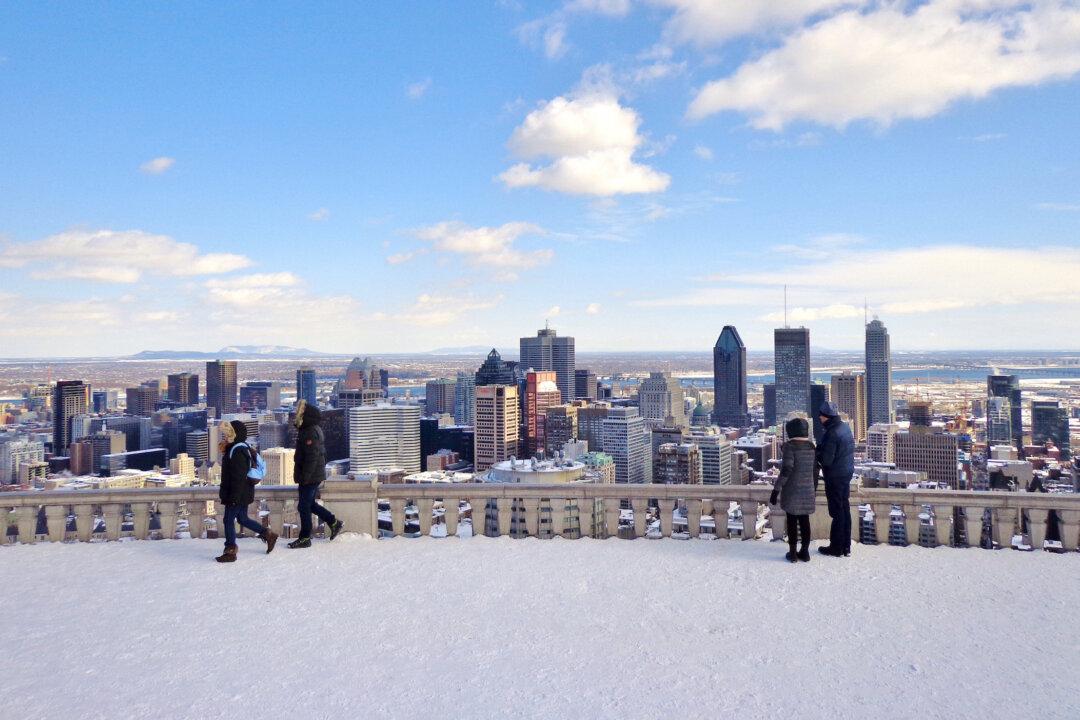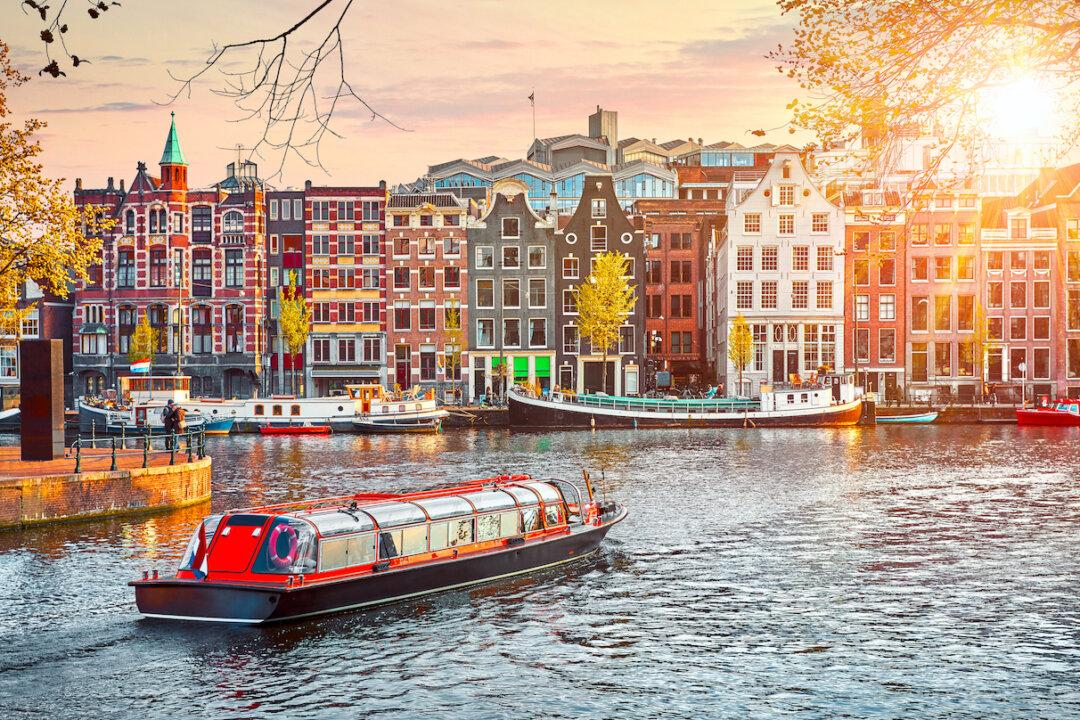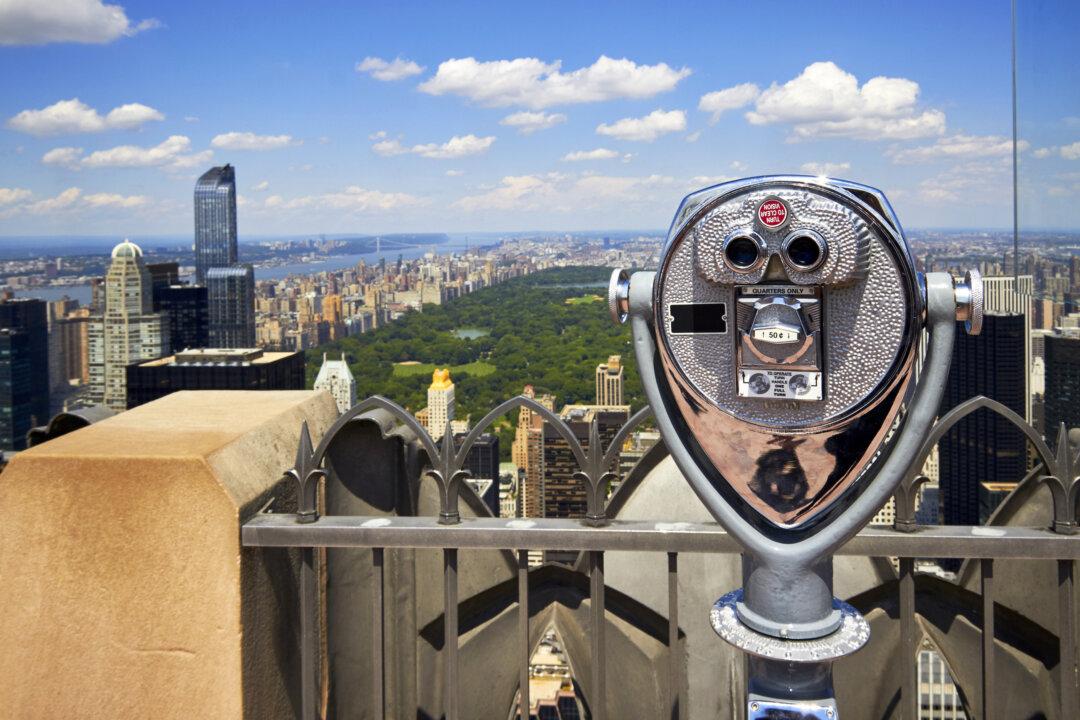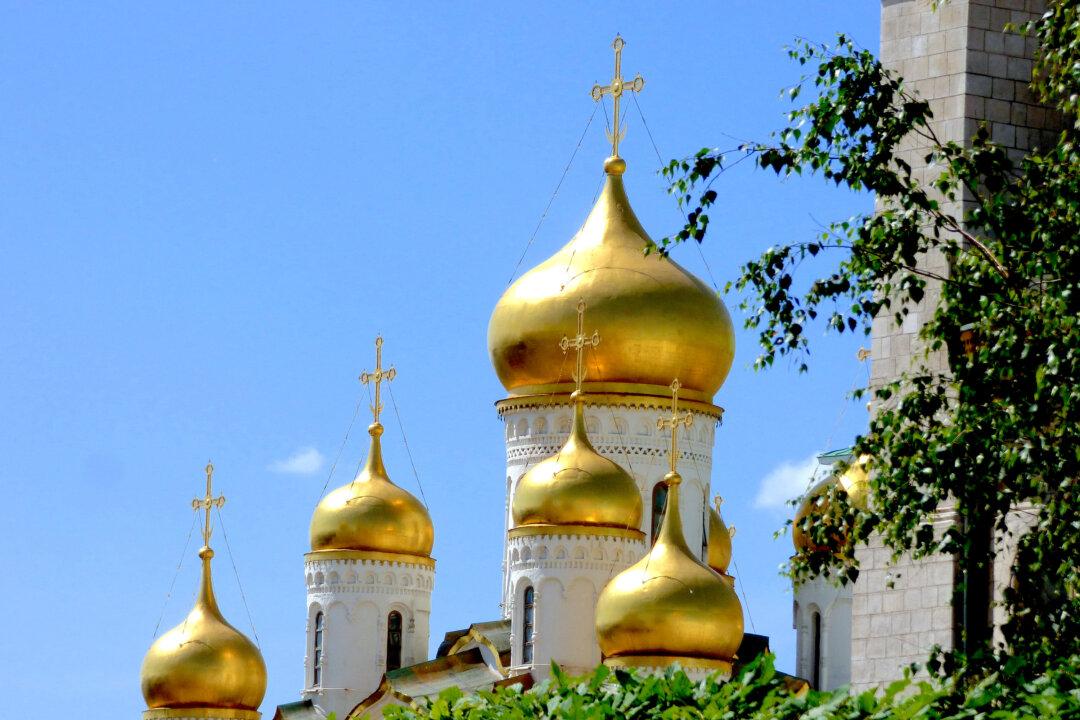The four-hour drive from sea level Guayaquil to Cuenca, elevation 8,300 feet, painted a variable and verdant portrait of the terrain that makes Ecuador such a winning destination.
Pouring rain followed us out of Guayaquil and battered our car as the smooth well-paved road gave way to steep torturous curves and dense fog. I marvelled at the skill of our driver who negotiated the road effortlessly, even though it was almost impossible to see clearly past the windshield.
When we finally reached the Andes—from the Quichua word “anti” which means “where the sun rises”—we rose above the fog to reveal a beautiful blue sky peppered with fluffy white clouds. The hot, humid coastal weather had given way to cool, crisp, thin air and rich vibrant vistas.





